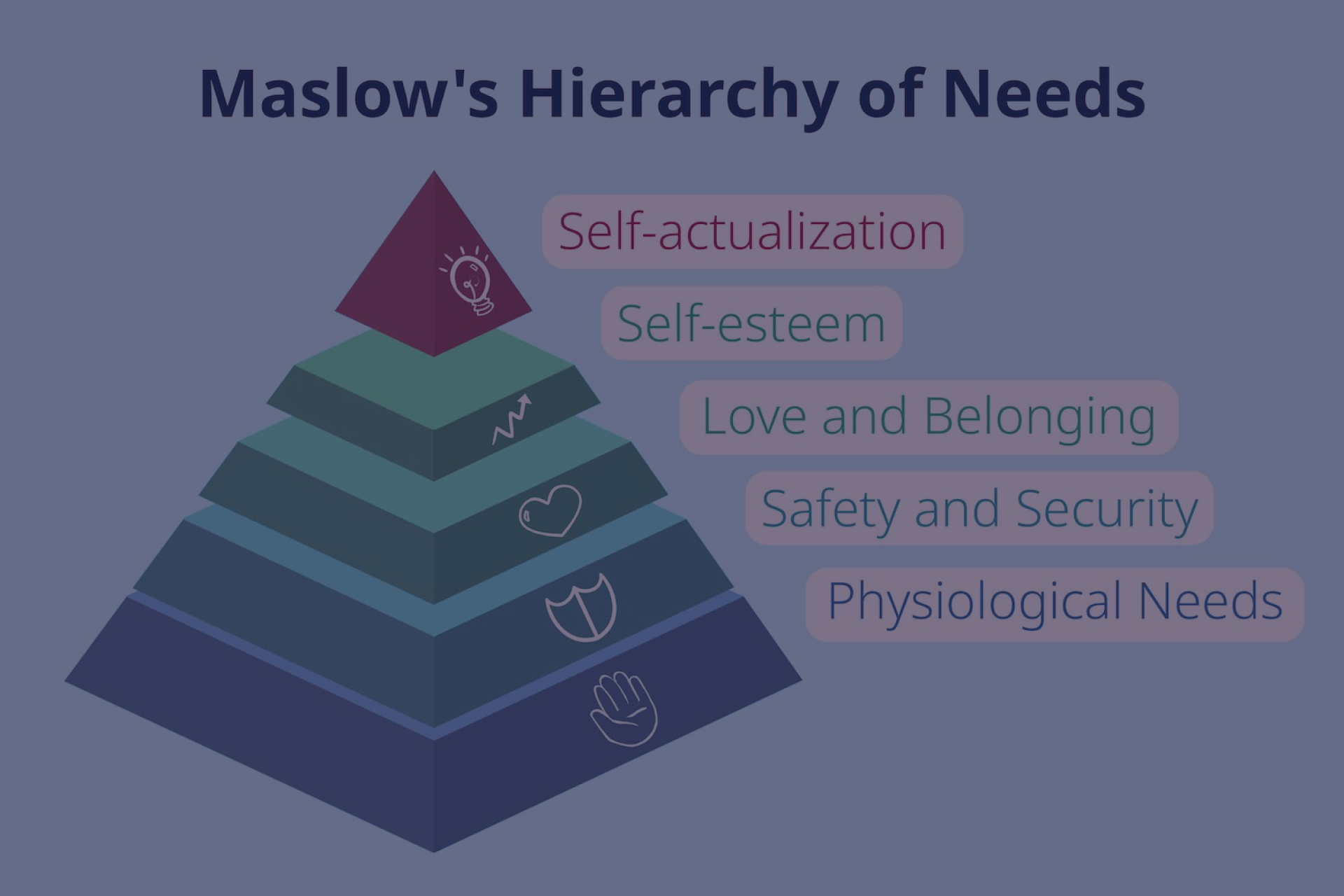What is SLA? Service Level Agreements and their role in business

What does the service level agreement stand for in business? What is SLA in a call center? Those are common questions among many businesses and their clients today. On the whole, one should not underestimate the importance of this document.
SLA is an integral part of any IT vendor contract. It pulls together information about offered services and customer expectations in one document.
It is critical that both sides have the same vision and interpretation of the points listed in the agreement. Also, both parties should be held liable for breaking the rules mentioned in this document.
To begin with, we would like to define SLA. Then, we will move to other critical points that everyone should understand whether you represent a business entity or customer sector.
What Is An SLA?
Perhaps, you already know that companies that provide services require a so-called service level agreement. Such a document assists in managing client expectations and determines when users are not responsible for outages or gaps in the work of the provider. Why is SLA important? To understand this, let’s define SLA abbreviation first.
SLA stands for the “service-level agreement.” It is an agreement between a party that offers some service(s) and users of those service(s). The contract includes the list of services and highlights the quality standards that the provider should follow to guarantee customer satisfaction. The contract also recalls the ways to redress gaps and problems (e.g., using service credits).
What Should Service Level Agreement Include:
- Detailed service overview
- Speed of service delivery
- Plan for performance monitoring
- Description of the reporting procedure
- List of penalties that will be applied in case of agreement violations
- Constraints
What Is An SLA Model?
To understand that, one may need to know the performance metrics that are usually involved:
- Availability & uptime percentage
- Various performance benchmarks
- Response time (often associated with the work of customer service)
- Problem resolution time
- Usage statistics that will be provided
What Are The 3 Types Of SLA?
Now that you have a basic understanding of what SLA is let’s take a closer look at its structure and classification. SLA is usually divided into 3 categories. They are:
- Customer-based SLA
This type of SLA is intended for individual customers and includes all services they request. The document covers details about service quality to let customers know what level of service delivery they should expect. A good example could be telecommunication companies. Their services contain messaging, Internet connection, and voice calls. However, all of them fall under just one agreement.
- Service-oriented SLA
This document presents a single identical service for all clients. It is based on a single set of standards which makes this type of SLA the most convenient one. For instance, users sign the service level agreement regarding information technologies helpdesk. That means that the same service is valid for all users.
- Multi-level SLA
This agreement is based on requests from end-user companies. It’s a customizable contract that makes it possible to play with various standards and conditions to make both sides benefit from the final version of the document. This type of SLA can be divided into subcategories.
- Corporate: No frequent updates are needed for such an agreement. The points included in the contract usually remain unaltered. The document of this type is applicable to all customers of the company.
- Client: Such an agreement covers all service aspects related to a certain category of customers. At the same time, the type of services is not considered.
- Service: This document involves all factors attributed to a specific service regarding a certain group of customers.
The Main Components OfSLA
An SLA highlights what the client and the service provider want to achieve with their cooperation, as well as outlines the obligations of the participants, the expected performance level, and the results of cooperation/use of services. An SLA usually has a defined duration time that is clearly provided in the document. The services that the provider agrees to deliver are often described in detail to avoid misunderstanding, including procedures of performance monitoring, assessment, and troubleshooting.
What makes a good SLA?
A well thought out content. Here are six components necessary for a good agreement:
- Document overview
This involves checking main points listed in the agreement: individuals involved, start and expiration dates and other details.
- Strategic goals
Description of the agreement purpose and objectives.
- Shareholders
A list of all parties and individuals involved in the contract.
- Regular review and necessary changes
This section demonstrates a requirement for systematic review and conditions upon which modifications can be made.
- Service agreement
This section covers customer and provider requirements, service scope and service assumptions.
- Service management
Includes information about service delivery and availability.
How To Set Metrics InSLA
An agreement should include SLA metrics that are used to evaluate the performance and results of the services delivered by a provider. Although it may be challenging to settle on the metrics that will meet the needs of both parties involved, it is crucial to agree on the terms that satisfy both the client and the service provider.
Also, these metrics should be realistic and actionable for the service provider. If the organization can’t guarantee a provision of service level outlined in the agreement, it will fail to meet primary customer expectations and, therefore, act as per the SLA terms. That’s why the contract should be carefully reviewed and evaluated by both parties for good performance and mutual satisfaction.
It should be easy to collect and process the data for the defined SLA metrics, and the most convenient solution is if it can be captured automatically. It’s better to have a few accurately measured metrics than a lot of indicators that are hard to analyze.
Also, it is crucial to define a reasonable baseline for the metrics in the SLA. It can be adjusted later (during the SLA review) with enough data on the metrics collected.
What Is The Difference Between KPI And SLA?
A key performance indicator (KPI) is a method used to evaluate how well employees and organizations perform. The criteria used to estimate that efficiency level are the strategic objectives. It makes sense that goals have to be set first. KPI assists in defining how soon the project will be accomplished or specific targets will be hit. By controlling progress using this business tool companies can achieve maximum efficiency level in their work.
We can say that a key performance indicator is somehow a navigation tool like a map. It is up to the team lead to use this instrument as an important piece of info. This way, it is possible to solve critical issues and make decisions that help to achieve the objectives. Now, what is the difference between KPI and SLA?
Let’s start with the service level agreement . It identifies and deals with the ways services are delivered to the clients. One can say that KPI has the same functions. However, there is a difference. An agreement determines the general service standards that providers should stick to when dealing with clients. KPI evaluates and controls performance quality. Those are critical metrics highlighted in the company SLA .
What makes a KPI efficient? A clear reflection of your business goals in it. If an organization adopts a KPI widely used within its industry it will struggle to deliver positive results. Before formulating a KPI a company should determine its objectives and compose a strategy on how to achieve them. This process should involve collecting information from different departments and an in-depth analysis of the company’s processes and capabilities.
Service Level Management
Service level management is the process of managing SLAs that helps companies to define, document, monitor, measure, report, and review the performance of the provided services.
What professional SLA management services should include:
- Setting realistic conditions that a service provider can ensure;
- Meeting the needs and requirements of the clients;
- Establishing the right metrics for evaluating the performance of the services;
- Ensuring compliance with the terms and conditions agreed with the clients;
- Avoiding any violations of SLA terms and conditions.
An SLA is a preventive means that allows establishing a transparent relationship between both parties involved and increases confidence in the cooperation. Such a document is fundamental to a successful collaboration between a client and a service provider.
Types Of SLA Penalties
A natural reply to any kind of violation is penalty. An SLA penalty depends on the industry and business. Let’s take a look at the two most common SLA penalty types.
1. Financial penalty
This kind of penalty requires a vendor to pay the customer a compensation of damages equal to the one written in the agreement. The amount will depend on the extent of a violation and damage and may not be a full reimbursement of what a customer paid for the ecommerce service or ecommerce support.
2. Service credit
In this case a service provider will reimburse the customer in the form of service credits which a client can use for future projects. In other words, a vendor will have to provide a customer with free services for a specific time period.
To avoid any confusion or misunderstanding between the two parties in case of SLA violation such penalties must be clearly articulated in the agreement. Otherwise, they won’t be legitimate. The conditions of paying off the compensation should be stated explicitly and in details without leaving any room for discussion.
Who Provides An SLA?
Most service providers have a few standard SLAs that include different sets of services at different prices. These SLAs can then be reviewed and adjusted according to the client’s requirements and expectations and are usually in favor of the supplier.
When providing an RFP, the client is expected to include the desired service levels within the request. This will influence the offer content and the price quote provided by the vendor. In some cases, it may even result in the rejection of the request, if the service provider can’t guarantee the expected performance or alternative solutions. But in most cases, a service provider can come up with a customized, robust solution in response to the RFP.
Is An SLA Transferable?
It depends on a specific case. For instance, if during the SLA period, the service provider is acquired by or merges with another organization, the SLA may have to be reviewed and negotiated. Although the SLA may still be in force, it’s crucial to check if the new business entity can provide the same level of performance. The chances are that the new owner will be eager to continue cooperation with the existing clients.
How Can I Verify Service Levels?
Any reliable service provider delivers detailed and transparent statistics, often in a digital form on their website. The client is welcome to check if the SLAs are met accordingly and if the client is entitled to service credits or penalties.
In many cases, such monitoring tasks are delegated to an outsourcing provider that identifies and ensures that all the processes support the SLA terms. Also, the client and the outsourcing support company can start working during the SLA negotiation to avoid any misunderstanding on the services and terms that will be provided. This allows setting up correct management and reporting methods right from the start.
Alternatively, the client can use an automated third-party tool for monitoring and analyzing the performance metrics.
SLAs And Indemnification Clauses
Indemnification is a contractual obligation that the service provider (indemnitor) has to the client (indemnitee) if the client (or a third party) experiences any damages, losses, and liabilities caused by the contract breach.
According to the SLA terms and conditions, the indemnification request requires the service provider to acknowledge that the client is not responsible for any losses coming from the violation of contract terms. The clause also requires the indemnitor to pay the client for any costs incurred from the contract violation.
For defining and limiting the number of indemnifications, a service provider may:
- Consult an attorney
- Limit the number of indemnitees
- Define monetary caps for the request
- Set time restrictions
- Stress the exact starting point of indemnification responsibility
Revising And Changing An SLA
Since business requirements are subject to change it’s important to ensure that an SLA is revised regularly. This will help to always keep the agreement in line with business’s service level objectives.
The SLA should be revised when changes of the following occur:
- A company’s requirements
- Workload volume
- Customer’s needs
- Processes and tools
The contract should have a detailed plan for its modification including change frequency, change procedures and change log.
SLA Calculation
SLA assessment and calculation determine a level of compliance with the agreement. One may wonder how do you calculate SLA? There are many tools for SLA calculation available on the internet. The real question is what exactly should be calculated.
SLA Uptime
An uptime is an amount of time the service is available. Depending on the type of a service a vendor should provide minimum uptime that is relevant to the average customer’s demand. Usually, a high uptime is critical for websites, online services or web based providers as their business relies on its accessibility.
Incident And SLA Violations
This calculation helps determine the extent of an SLA breach and penalty level foreseen by the contract. The tools usually calculate a downtime period during which a service wasn’t available, compare it to SLA terms and identify an extent of the violation.
SLA Credit
If a service provider fails to meet customer’s expectations outlined in the SLA a service credit or other type of penalty must be given as a form of compensation. A percentage of credit depends directly on the downtime period which exceeded its norm indicated in a contract.
The table below demonstrates an example of SLA calculation, specifically a proportion of uptime and downtime.
Tips For Improving Your Service Level Agreements
So, how can you improve your service level agreement ? First of all, you should set S.M.A.R.T. goals. Out of all these letters, “A,” which stands for “attainable” is the most important one. In this contract, the business entity should only outline what it will and will not do for the clients. It is critical to use only clear and concise language that would be comprehended by both sides. Often, it is better to lower expectations instead of promising something your company cannot do (e.g., troubleshooting tools that you do not possess or have never tested before or extra fast support having not enough operators.)
Also, you should remain transparent and honest. Avoid elevator pitch language. Do not make your clients guess what you mean. Exclude any difficult terminology or replace it with more understandable words.
Next, you should hire the right staff. Each time you deal with any legal document, it is better to have competent professionals by your side that can understand the full scope of the issue and can warn you if necessary. You may need a special legal counselor or advanced translator. In this case, it is better to recruit a professional instead of using online translating tools. To cut costs and speed up the process, you should be ready to invest in the labor first. You might need to consult lawyers and IT experts before offering the agreement to your customers. Finally, you need to train your staff according to the created contract. This way, your agreements will always look realistic and fair.
Looking for specific information?
Our specialist will help you find what you need in customer service outsourcing
Book a callDiscover Contact Center Perspectives Podcast
Discover the themes that resonate most with your challenges
 English
English





